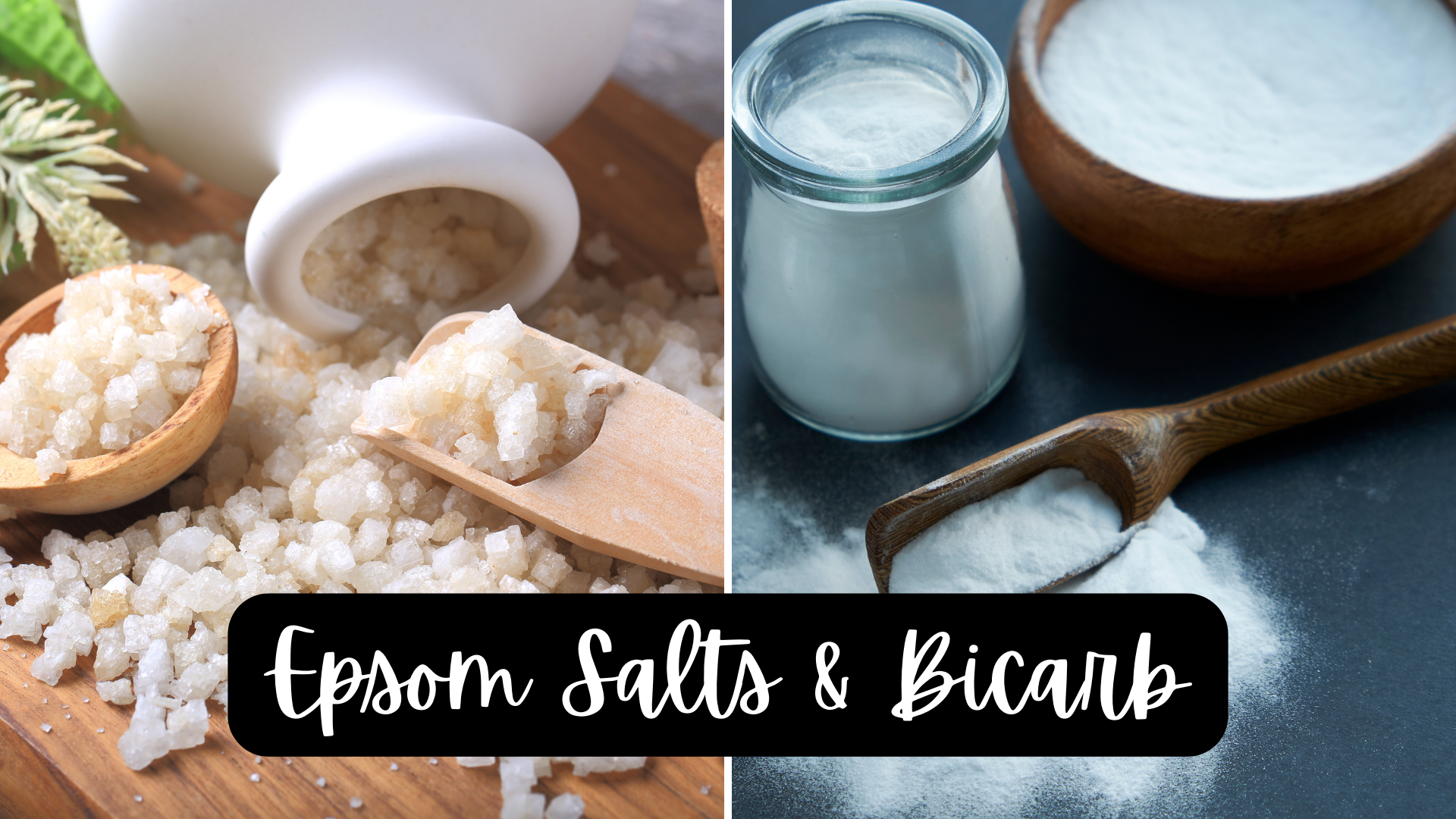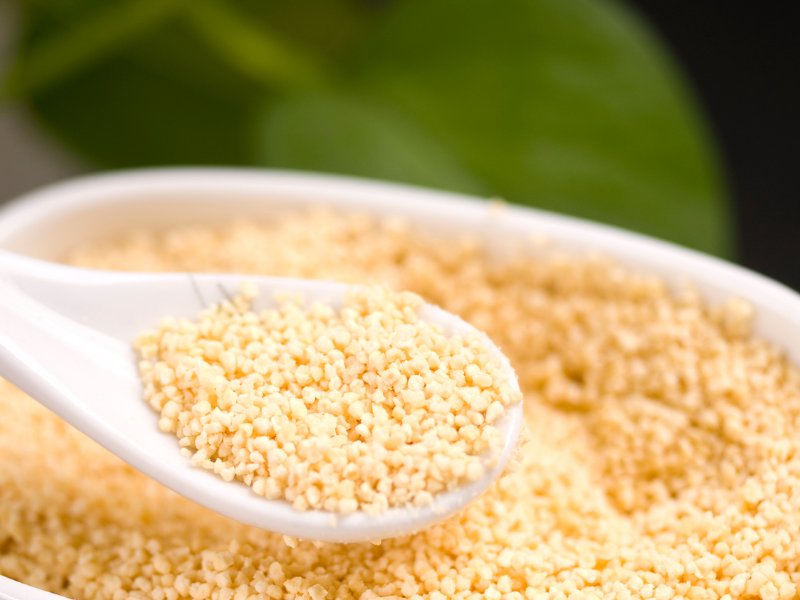-

·
Treating a Plugged Duct Naturally and Quickly
Plugged ducts are painful, but with the right natural steps—frequent feeding, gentle massage, and simple home remedies—you can get fast relief.
-

·
The Symptoms of Mastitis and How to Treat It Naturally
The Symptoms of Mastitis What is mastitis? A Mastitis problem is usually caused by a blocked milk duct or bacterial infection. Mastitis in women can be unilateral (in one breast) or bilateral (in both breasts). Lactational mastitis is usually seen on the upper part of the breast; this is where most of the breast tissue is. Periductal…
-

·
Substitute for Epsom Salt for Clogged Milk Duct
While Epsom salt soaks are a commonly recommended remedy for treating clogged milk ducts, alternative methods and substitutes can effectively address this issue naturally and quickly. Substitute for Epsom Salt for Clogged Milk Duct If you don’t have Epsom salts and are looking for a quick substitute, bicarbonate of soda is a great option. Both…
-

·
Clogged Milk Duct Popping? What’s Normal (and What’s Not)
Wondering if that sudden release while nursing was your clogged milk duct popping? Learn what it means, how to treat it safely, and how to prevent it from coming back. This mom-to-mom guide offers real answers, gentle remedies, and supportive advice to make breastfeeding feel more manageable.
-

·
Lecithin for Plugged Milk Ducts – A Proven Breastfeeding Hack
Struggling with clogged milk ducts while breastfeeding? Lecithin for clogged milk ducts is a natural, low-risk supplement that many moms use to prevent and relieve blockages. Learn how sunflower lecithin works, how to take it safely, and why it’s a trusted tool in the breastfeeding toolkit.
-

·
The Best Way to Treat a Nipple Bleb Naturally & Quickly
Nipple blebs can make breastfeeding unexpectedly painful—but you don’t have to suffer through it. This guide walks you through gentle, natural ways to treat milk blebs at home, when to seek help, and how to prevent them from coming back. Safe and clear advice you can trust.
-

·
Dangle Feeding – Step-By-Step How to Easily Unclog Milk Ducts
Struggling with a clogged milk duct or painful engorgement? Learn how to use dangle feeding, massage, and other proven techniques to relieve blockages, boost milk flow, and prevent mastitis. This step-by-step guide covers everything from breast massage to sunflower lecithin, giving you practical tools to keep breastfeeding on track.
-

·
Clogged Milk Duct Help – The Fastest Way to Get Relief
Clogged milk ducts are a common problem while breastfeeding, but the good news is they’re usually treatable at home. From Haakaa tricks to sunflower lecithin, here’s everything you need to know to stay comfortable, keep milk flowing, and avoid mastitis.

Breastfeeding Problems & Solutions
Tag: Plugged Ducts
 This tag is used for content related to a plugged (or blocked) milk duct, a common and painful issue experienced during breastfeeding or pumping. It occurs when a milk duct becomes blocked, preventing milk from flowing freely and causing it to back up.
This tag is used for content related to a plugged (or blocked) milk duct, a common and painful issue experienced during breastfeeding or pumping. It occurs when a milk duct becomes blocked, preventing milk from flowing freely and causing it to back up.
This tag serves as a resource for identifying symptoms, understanding causes, and finding effective, up-to-date treatment strategies to resolve the blockage and prevent it from progressing to a more serious condition like mastitis.
What It Describes
A plugged duct is essentially a “traffic jam” of milk within the breast. It typically presents with a specific set of symptoms:
- A Tender, Hard Lump: A localized, palpable lump in one area of the breast that can range in size from a small pea to a larger wedge.
- Pain and Tenderness: The area is often sore, especially before a feeding or pumping session, with relief felt after the breast is drained.
- Redness and Warmth: The skin over the affected area may be red and warm to the touch.
- Milk Bleb/Blister: Sometimes, a small white or yellow spot may be visible on the nipple opening, which is a tiny blister blocking the flow of milk.
Unlike mastitis, a plugged duct is typically not associated with a fever or systemic flu-like symptoms.
Common Causes
Discussions under this tag often explore potential causes, which can include:
- Incomplete Breast Drainage: Missed feedings, supplementing without pumping, or a baby having a poor latch can lead to milk stasis.
- Pressure on the Breast: Tight-fitting bras (especially underwire), restrictive clothing, or even the way you sleep can compress ducts.
- Infrequent Feedings: Going too long between nursing or pumping sessions.
- Oversupply: Producing more milk than the baby removes can increase the risk of blockages.
Management and Solutions
Content under this tag will feature modern, evidence-based approaches for managing plugged ducts, reflecting a shift from aggressive treatment to focusing on reducing inflammation:
- Continue Nursing/Pumping: Do not stop feeding from the affected breast. Frequent and effective milk removal is key.
- Ice, Not Heat: Apply cold packs or ice to the affected area for 10-15 minutes at a time to reduce swelling and inflammation.
- Anti-Inflammatory Medication: Using an over-the-counter anti-inflammatory like Ibuprofen (if medically appropriate for you) can help reduce swelling and pain.
- Gentle Lymphatic Drainage: Instead of deep, painful massage, use gentle, light stroking motions on the breast, moving from the nipple towards the armpit, to help drain fluid and reduce swelling.
- Vary Nursing Positions: Changing feeding positions can help drain different areas of the breast more effectively.
This tag is a crucial resource for getting quick, effective advice to resolve a plugged duct before it escalates into mastitis, helping parents continue their breastfeeding journey more comfortably.